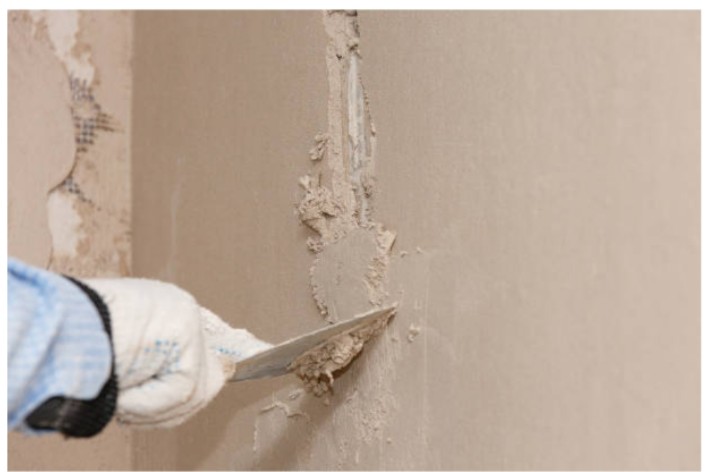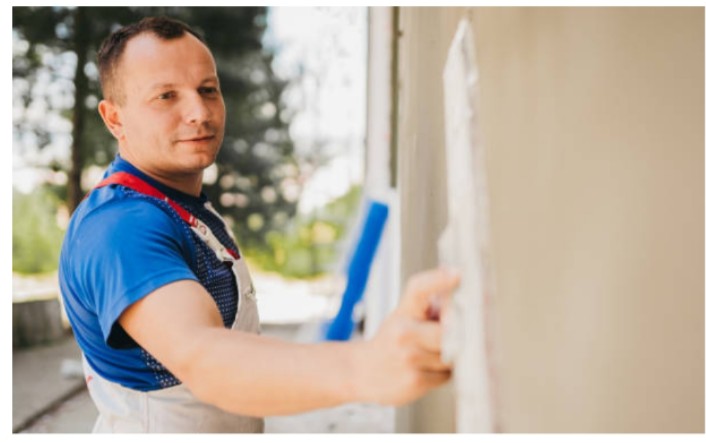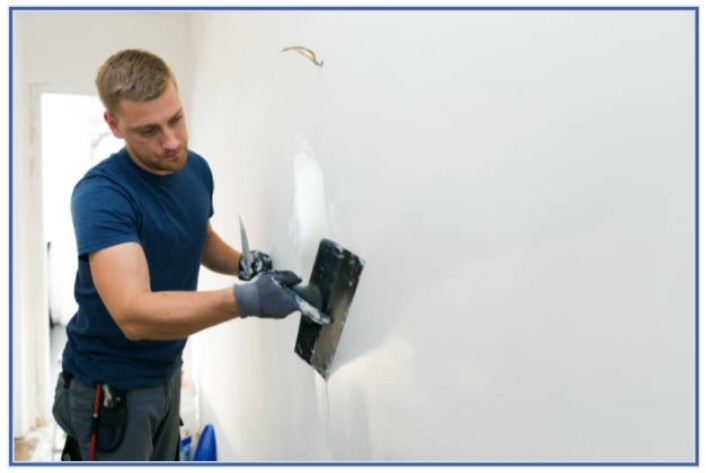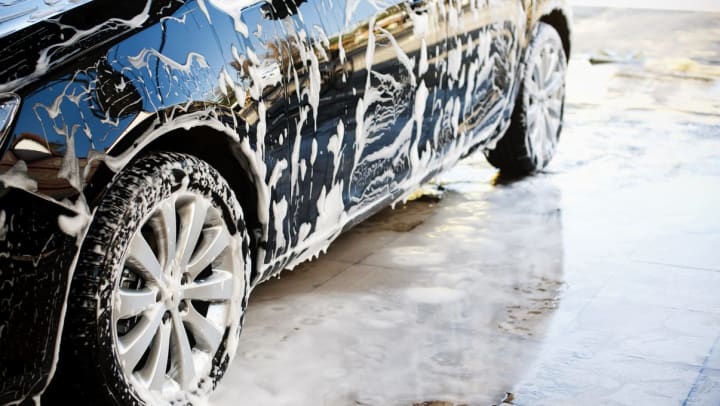Stucco is a durable and attractive exterior finish, but it can develop problems over time, like all building materials. Cracks, water damage, and discoloration can affect its appearance and structural integrity. When these issues occur, repairs become necessary. One important question is, “What factors affect stucco repair costs?”
The cost of stucco repair depends on several key elements. Factors such as the extent of damage, the type of stucco, and labor rates all influence the total price. This article will explore five major factors affecting stucco repair costs and explain each clearly.
1. Extent of Damage
The extent of the damage is usually one of the largest determinants of the cost to repair stucco. Stucco can develop minor or major problems, which include fine cracks as it ages or water damage. Small cracks are simple to address and usually limited to patching the affected areas.
These repairs involve using minimal material, requiring less time from workers, and are easy to accomplish, hence incurring low expenses. However, actual repair costs are much higher when there are larger portions of holes or eroded walls, for instance.
Major damage can lead to the complete tearing off of the entire section of the stucco structures. In such instances, the process is slightly more elaborate and involves removing the spoiled stucco and applying an extra layer. Water damage is especially costly since it goes past the stucco to the layers underneath.
When water reaches the surface, it produces mold, wood rot, or other issues that need repair before fixing the stucco. Dealing with them all contributes to the project’s overall time and cost. Thus, the cost highly depends on the degree and type of damage.

2. Type of Stucco
The type of stucco used on a building is another key factor that affects repair costs. Traditional stucco made from cement, sand, and water is one of the most common materials used for exteriors. It is relatively easy to repair because the materials are common and easily accessible and are extensively used by contractors.
Traditional stucco repairs involve using a patch to fill the affected area and then sanding it to make it flat with the rest of the stucco. Because of the simplicity of these materials and methods, traditional stucco repairs are more affordable.
However, synthetic stucco, commonly called the Exterior Insulation and Finish System (EIFS), is more complicated and may be more costly to fix. EIFS uses one or more layers of insulation and a unique application process. Repairs usually entail unique procedures and products, which raises the overall cost of synthetic stucco.
Contractors may need to lay many layers of synthetic material, which is an extra and time-consuming effort. Moreover, achieving the texture and color of synthetic stucco to blend with the existing surface requires a lot of time, so the prices go up.

3. Labor Costs
Another sticking point in stucco repair costs is labor. Some stucco workers’ charges may vary depending on the location and experience. In areas where the cost of living is higher, labor rates may be more expensive. Also, there are cases when contractors may provide specialized stucco repair services at a higher price or when they work with rather tricky projects.
The duration to complete the repair also influences labor costs. For instance, minor projects may take a few hours or even a day, but significant repair work may take a few days. The more time the job requires, the higher the labor costs will be.
4. Accessibility of the Repair Area
The location of the damaged stucco can also influence the cost of repairs. The repair will be cheaper when the damage is easily accessible, for instance, on the ground floor of a house. In contrast, the repair will be costlier if the damaged stucco lies on the second, third, or any other building floor or is confined.
Working on higher levels often requires scaffolding or special equipment to reach the damaged area. This adds to the overall labor costs and time needed to complete the job. Further, certain project parts may need protective features for windows, doors, or an ornamental garden or lawn. This increases both the difficulty and the expense of the repair process. Hence, accessibility is a key factor in determining stucco repair costs.

5. Additional Repairs or Preparations
Sometimes, stucco repairs are not as simple as patching up a crack or hole. Additional repairs or preparations may be required before the stucco can be fixed. For example, if water damage has occurred, the underlying structure may need to be repaired before the stucco can be replaced, which adds to the project’s overall cost.
Sometimes, issues with the building’s drainage system may cause the stucco to deteriorate. These problems must be fixed to prevent future damage, which can further increase repair costs. Other times, homeowners may want to repaint or re-coat the stucco after repairs, which also adds to the cost. These additional repairs and preparations should be considered when budgeting for stucco repairs.
Conclusion
Stucco repair costs depend on various factors, including the extent of damage, the type of stucco, labor costs, accessibility, and any additional repairs needed. Homeowners should consider all these elements when planning repairs to avoid unexpected expenses. By understanding the factors that affect stucco repair costs, homeowners can make informed decisions, choose the right contractor, and manage their budget effectively.






